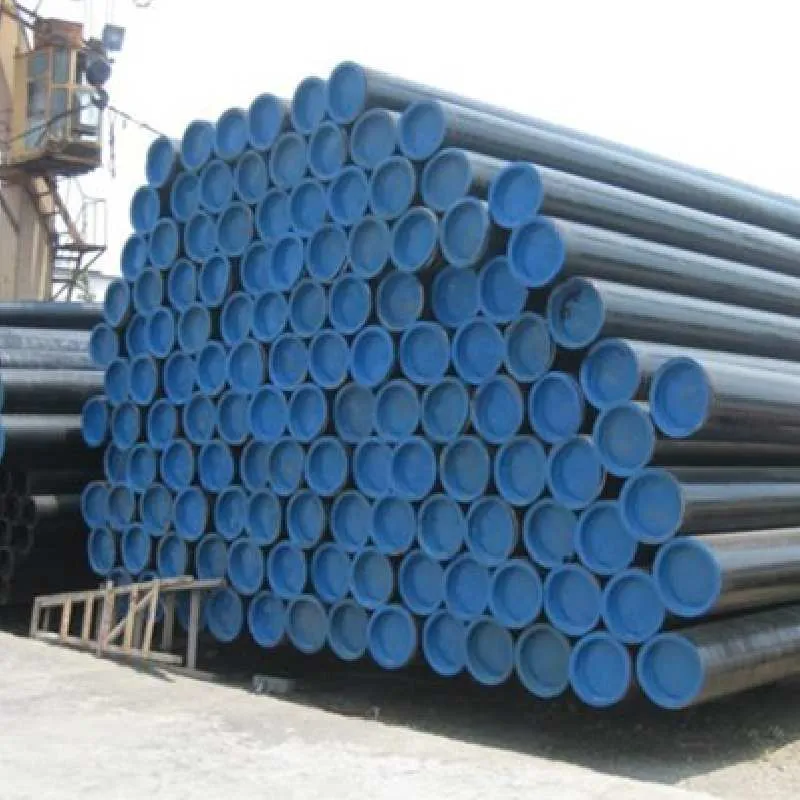-
Cangzhou Yulong Steel Co., Ltd.
-
Phone:
+86 13303177267 -
Email:
admin@ylsteelfittings.com
- English
- Arabic
- Italian
- Spanish
- Portuguese
- German
- kazakh
- Persian
- Greek
- French
- Russian
- Polish
- Thai
- Indonesian
- Vietnamese
- Zulu
- Korean
- Uzbek
- Hindi
- Serbian
- Malay
- Ukrainian
- Gujarati
- Haitian Creole
- hausa
- hawaiian
- Hebrew
- Miao
- Hungarian
- Icelandic
- igbo
- irish
- Japanese
- Javanese
- Kannada
- Khmer
- Rwandese
- Afrikaans
- Albanian
- Amharic
- Armenian
- Azerbaijani
- Basque
- Belarusian
- Bengali
- Bosnian
- Bulgarian
- Catalan
- Cebuano
- China
- China (Taiwan)
- Corsican
- Croatian
- Czech
- Danish
- Esperanto
- Estonian
- Finnish
- Frisian
- Galician
- Georgian
- Kurdish
- Kyrgyz
- Lao
- Latin
- Latvian
- Lithuanian
- Luxembourgish
- Macedonian
- Malgashi
- Malayalam
- Maltese
- Maori
- Marathi
- Mongolian
- Myanmar
- Nepali
- Norwegian
- Norwegian
- Occitan
- Pashto
- Dutch
- Punjabi
- Romanian
- Samoan
- Scottish Gaelic
- Sesotho
- Shona
- Sindhi
- Sinhala
- Slovak
- Slovenian
- Somali
- Sundanese
- Swahili
- Swedish
- Tagalog
- Tajik
- Tamil
- Tatar
- Telugu
- Turkish
- Turkmen
- Urdu
- Uighur
- Welsh
- Bantu
- Yiddish
- Yoruba

Nov . 08, 2024 07:34 Back to list
Understanding ASTM B444 UNS N06625 Grade 1 Properties and Applications in Industry
Understanding ASTM B444 UNS N06625 Gr 1 Composition, Properties, and Applications
ASTM B444 is a specification covering the requirements for nickel-chromium-molybdenum (Ni-Cr-Mo) alloy pipes designed for high-temperature and corrosive environments. Specifically, UNS N06625 Gr 1 represents a specific grade of this alloy, known for its excellent mechanical properties and resistance to oxidation and corrosion. This article delves into the composition, properties, and various applications of UNS N06625 Gr 1, clarifying its significance in industrial contexts.
Composition of UNS N06625 Gr 1
UNS N06625, often referred to as Inconel 625, is primarily composed of nickel (58% minimum), chromium (20-23%), and molybdenum (8-10%). The precise makeup of these elements bestows the alloy with its prestigious mechanical and corrosion-resistant characteristics. Additionally, it typically contains small amounts of iron, niobium, and titanium. The presence of niobium and titanium contributes to the alloy's strength and stability at elevated temperatures, while chromium and molybdenum enhance corrosion resistance, especially in reducing environments.
Mechanical Properties
The mechanical properties of UNS N06625 Gr 1 set it apart from other materials. It exhibits high tensile strength, excellent fatigue strength, and outstanding weldability, making it ideal for various demanding applications. The alloy retains its mechanical integrity across a wide range of temperatures, performing efficiently up to 1000°F (about 540°C) in oxidation environments. Its yield strength can exceed 100 ksi (690 MPa), making it suitable for high-stress applications.
A noteworthy feature of UNS N06625 is its remarkable toughness and ductility, which allow it to withstand severe working conditions without fracturing. Such resilience is vital for manufacturing components that will undergo substantial thermal and chemical stresses.
Corrosion Resistance
astm b444 uns n06625 gr 1

UNS N06625 Gr 1 exhibits excellent resistance to a wide array of corrosive environments, including those involving sulfuric and phosphoric acids. Its corrosion resistance is primarily attributed to its high content of chromium, which forms a protective oxide layer on the surface, preventing further oxidation and degradation. This characteristic proves vital in chemical processing industries where equipment is often exposed to harsh chemicals.
Additionally, the alloy's ability to resist pitting and crevice corrosion makes it ideal for marine applications and environments where chloride-induced stress corrosion is a risk. The overall durability of UNS N06625 ensures that components manufactured from this alloy have a prolonged service life, thereby reducing maintenance costs and downtime.
Applications of UNS N06625 Gr 1
The versatility of UNS N06625 Gr 1 translates into its broad array of applications across multiple industries. One of the most prominent uses is in the aerospace sector, where components such as jet engines, combustors, and turbines demand materials that can withstand high temperatures and oxidation. Its weight-to-strength ratio also contributes to the aerospace industry’s goals for fuel efficiency.
In the chemical processing industry, UNS N06625 is employed in the manufacture of heat exchangers, reactor vessels, and piping systems that operate under extreme conditions. The oil and gas sector relies on this material for offshore platforms, piping, and drilling equipment, where exposure to harsh environmental conditions and corrosive materials is commonplace.
Moreover, UNS N06625 has found its niche in the nuclear energy sector, where its ability to withstand radiation and corrosive coolants makes it invaluable. Applications extend to other sectors such as marine engineering, power generation, and environmental technology where durability and resistance to harsh conditions are paramount.
Conclusion
ASTM B444 UNS N06625 Gr 1 is a standout material in the realm of high-performance alloys. With its exceptional mechanical properties, outstanding resistance to corrosion, and versatility across various industrial applications, it provides a reliable solution for environments where standard materials might fail. As industries continue to evolve and demand higher performance materials, the importance of UNS N06625 will only increase, reinforcing its status as a critical component in modern engineering.
Latest news
-
ANSI 150P SS304 SO FLANGE
NewsFeb.14,2025
-
ASTM A333GR6 STEEL PIPE
NewsJan.20,2025
-
ANSI B16.5 WELDING NECK FLANGE
NewsJan.15,2026
-
ANSI B16.5 SLIP-ON FLANGE
NewsApr.19,2024
-
SABS 1123 FLANGE
NewsJan.15,2025
-
DIN86044 PLATE FLANGE
NewsApr.19,2024
-
DIN2527 BLIND FLANGE
NewsApr.12,2024
-
JIS B2311 Butt-Welding Fittings LR/SR 45°/90° /180°Seamless/Weld
NewsApr.23,2024











